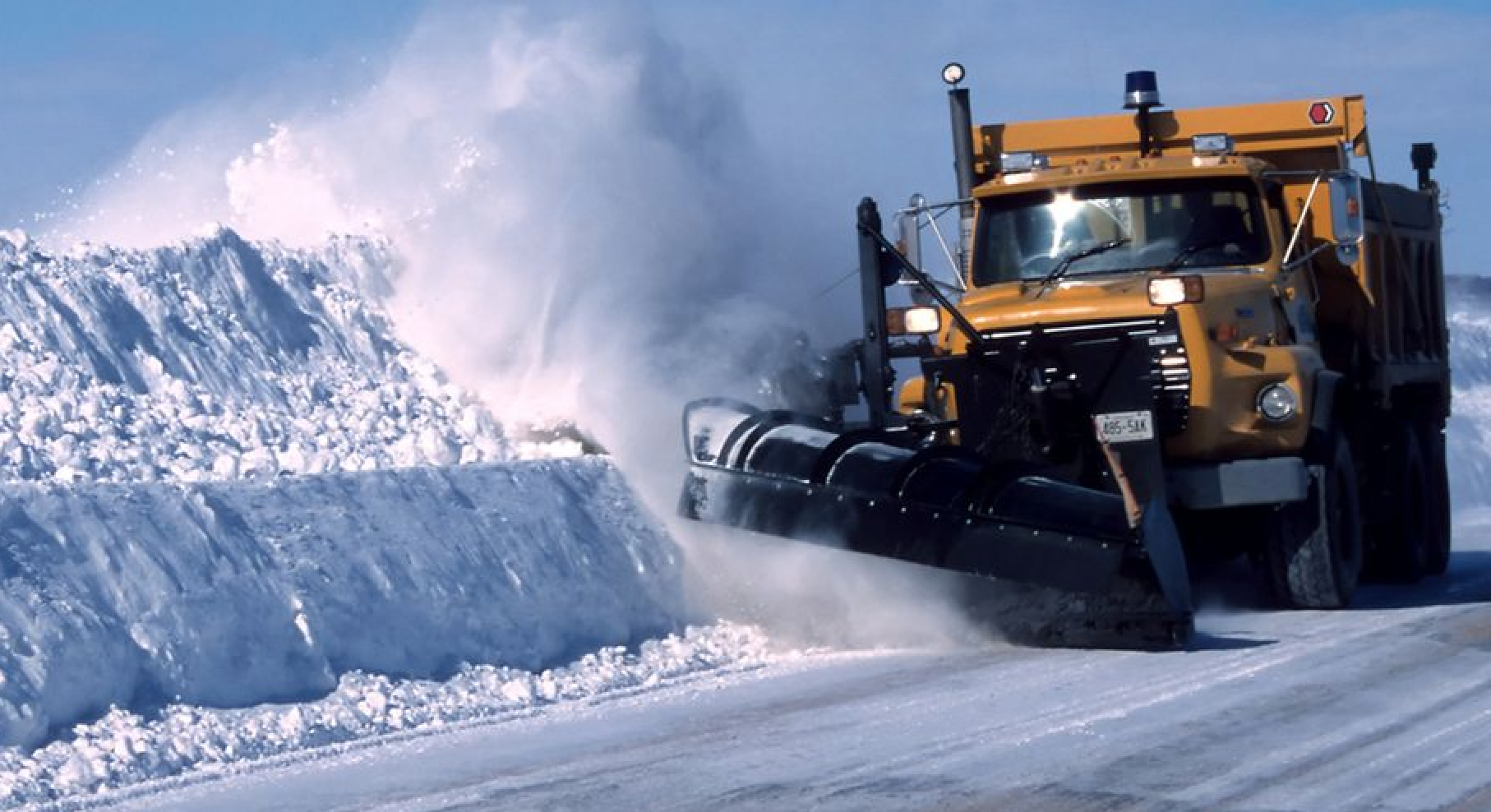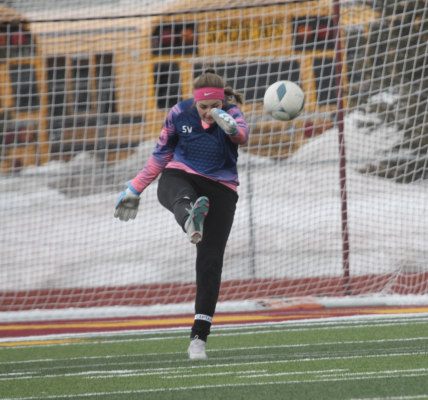
By Abby Vander Graaff
Laramie Boomerang
Via- Wyoming News Exchange
LARAMIE — With storms building up as winter continues, snowplow drivers across the state are preparing for another busy season.
Last year, Wyoming had a decrease in snowplow drivers, leading to a strain in the process of keeping roads open.
Heading into the 2022-23 plowing season, Wyoming Department of Transportation Director Luke Reiner said he’s optimistic the department will be able to keep things up and running despite less than ideal staffing numbers.
Snowplow staffing numbers at WYDOT started this year worse than they began last year but have recently been improving, Assistant Chief Engineer for Operations Tom DeHoff said.
As of last week, the department had 67 vacancies out of 450 positions.
WYDOT has a budget of about $30 million to spend on snowplowing each year, and supplements this from other accounts if necessary, Reiner said. The department’s budget is contingent on the state legislature.
WYDOT plow drivers now make a starting pay of $18.14 per hour, an 83 cent increase from what they made last year. The Wyoming Legislature approved the pay increase in July 2022, and future discussions are planned to consider additional raises, Reiner said.
In addition to seeking higher pay rates for employees, WYDOT altered its recruiting method, focusing on attending career fairs and hiring new employees on the spot to avoid losing them to private companies.
“We are very focused like we’ve never been before on retaining who we have and recruiting new members,” Reiner said.
WYDOT isn’t the only government reasessing its hiring methods in order to keep plow drivers on the roads.
The city of Laramie is short about four plow drivers, which account for about 30% of the city’s roads, Director of Public Works Brooks Webb said. He’s noticed a gap in this area for about two or three years. “
The shortage is real. It’s not just plow operations for us, it’s everywhere,” Webb said. “Anywhere a commercial driver is needed, we’re struggling to find them.”
While the city used to only hire people that had a commercial driver’s license, the city is now hiring people without a CDL and giving them time to earn the certification, which takes about six months.
He said the biggest challenge is simply finding staff for the job and retaining them. The city is currently in the process of conducting an organization-wide wage study, which could influence future pay rates.
In the meantime, the city is pulling qualified staff members from other departments to help out when there’s a storm.
This method should be enough to limit disruptions to the level of plowing Laramie residents are accustomed to.
“I think we have the depth to handle it, and part of it might be that we pay more overtime this year until we get fully staffed up,” Webbs said.
WYDOT also has restructured its approach to plowing because of the low staff numbers.
If there is a storm concentrated in one area of the state, the department will send plow drivers from other areas to help, Reiner said. When necessary, WYDOT also asks for qualified volunteers from other departments to operate the plows.
The point of concern for WYDOT is the possibility of a storm hitting the entire state, creating a situation where plow drivers from different areas wouldn’t be able to assist one another.
Residents shouldn’t see any disruptions to plowing when storms are localized in a specific area of the state, Reiner said.
For statewide storms, there will likely be delays because there just aren’t enough people to help.
The order in which roads get plowed is based on how often the roads are used.
High-traffic roads such as Interstate 80 are the priority of the state and are plowed 24 hours per day, Reiner said.
Other roads, such as Interstate 25, are classified at 20-hour roads, and so on.
WYDOT plow drivers do make it a point to clear the roads in the mornings to allow safer transportation for school buses. WYDOT’s snow plan also takes into account industries that need certain roads open to deliver goods.
“Our task is to support the economy of the state, and to connect communities and to make lives better,” Reiner said.
A snow plan outlining the plowing priority level of different roads is available online at dot.state.wy.us/ home/travel/winter/snow_plow_
One way the public can help plow drivers better do their jobs is to stay out of their way when on the roads, DeHoff said.
There have already been four collisions with WYDOT snow plows so far this winter. Last year there were 18 collisions during the course of the winter, and the year before that, there were 26.
Drivers should give snowplows plenty of room and avoid driving into clouds of snow, DeHoff said.
“They’re in a stressful situation, and they’re in a big piece of equipment,” Webb said. “Sometimes they don’t have the best vision up there.”
Reiner expressed gratitude for the plow drivers who are currently on staff at WYDOT, and hopes to find more in the future.
“We thank the men and women at WYDOT for everything that they do, and we are hiring,” Reiner said.





